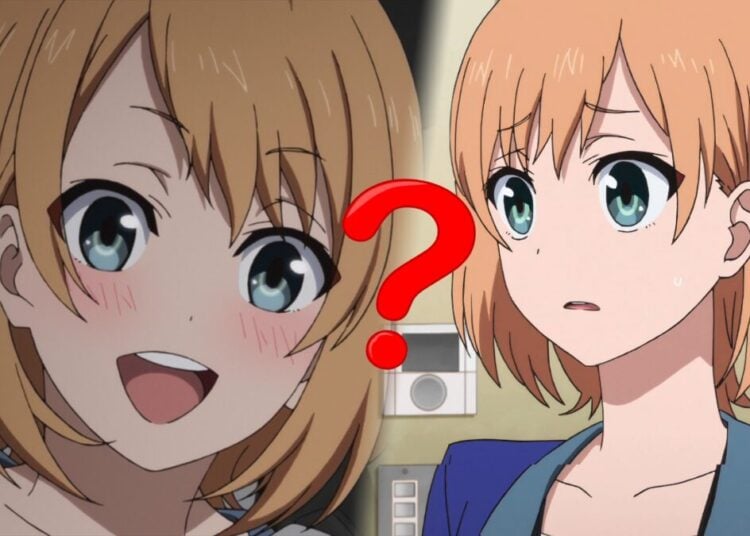Each year in Japan, the list of who paid the most income taxes during the previous year is published in the newspaper. The actual incomes of individuals is private, but how much tax they paid is a matter of public record, and it’s always fun to see who is making money (or who needs to hire better accountants). For singers, actors and “talents” (a Japanese catch-all word for any entertainer), JPOP star Hikaru Utada slam-dunked the top position, handily beating variety show host Minomonta — those Nintendo DS commercials she’s been in must be lucrative. Other famous names on the list include Ayumi Hamasaki (fallen to #7), Tsunk (producer of Morning Musume, at #10), pretty actress Takako Matsu (#23), Tamori (“the Chairman” from Hey! Spring of Trivia, if you watch it) at #24, and director Beat Takeshi at #33. Members of SMAP, the popular male idol/comedian team, are also well represented on the list, as usual. In the “cultural persons” category, there were several manga artists as well, including Rumiko Takahashi (Urusei Yatsura and Inu Yasha, #2), Gosho Aoyama (Detective Conan, #3), Ritsuko Kawai (Hamtaro, #9), and Masami Kurumada (Saint Seiya, #35). Two manga artists from our prefecture also made the list: Shuichi Shigeno, creator of Initial D, and Mitsuru Adachi, who defined sports manga with his 80s classic, Touch.
In addition to categories based on profession, the newspapers also list the top taxpayers in order of the actual amount they paid, which provides an interesting snapshot of the current state of wealth in Japan today. Over the years various trends come and go, such as in the late 90s, when all the money seemed to be coming from development of video games, based on the high number of game company presidents on the list. When the economy was at its lowest point, most of the top ten taxpayers in Japan got their money from the high-interest loan companies like Acom, Aiful and Yen Shop. Today the spread is more mixed, with two loan companies, a pachinko and vending machine maker, recently merged software producer Sega/Sammy, and a manufacturer of underwear, all on the list. The biggest surprise this year was that top earner wasn’t a company president, but a normal “salaryman”: Tatsuro Kiyohara managed to earn $93 million between his company salary and profits from his stock portfolio.
It’s always interesting to compare the differences between Japan and the U.S. In America, many products like Coca-Cola, Dr. Pepper, Wriggley’s gum and Tootsie Rolls have been around for over a century, some since the Civil War, and they continue to dominate in their respective categories. Japanese consumers, however, seem to favor new products when they shop, forcing manufacturers to come up with fresh ideas at a faster pace. While there are some solid Japanese standbys that never change — Original Pocky, or Peko-chan Milk Candy — any visit to a Japanese conbini (convenience store) is sure you bring you into contact with a dozen or so products you’ve never seen before. The red-hot Japanese beer industry is an example of this: even in the small-town liquor store that my wife’s parents operate, I constantly see new twists on Japanese beer, like beer formulated for ladies, or beer with dietary fiber added, or beer that tries to recreate the beers brewed in the Meiji era. I’ve been told that this is because the Japanese themselves have short attention spans, and move onto the next big thing rather quickly. While it’s always nice to find a new flavor of Pretz or a new blend of green tea on store shelves, it’s also good to have a core of old favorites that never change.















